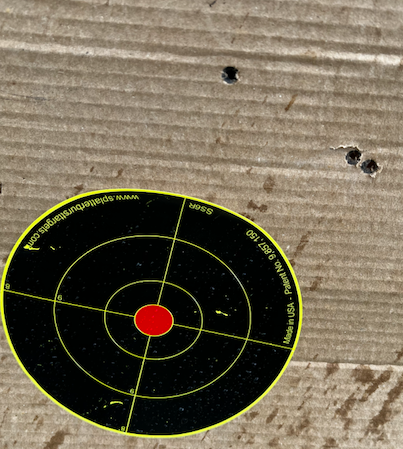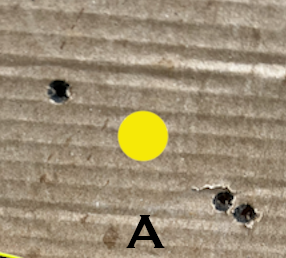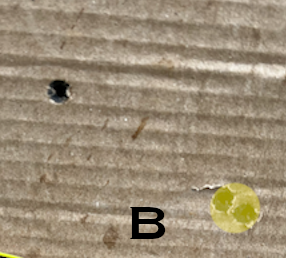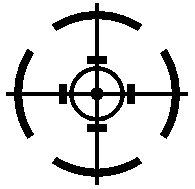It had been a long and busy day as an executive when I sat down to make a direct call to a hotel to book a night for upcoming travel. The gentleman who answered the phone asked if I could be placed on hold and had a quaking, almost nervous voice when asking me to do so. A few minutes later he rejoined the call and our discussion began, with quick frustration on my part.
This person should not be in charge of customer service or answering phones. He wasn’t efficient (which I noticed all too well in my worn-out state), lacked confidence in how he spoke, was seemingly unorganized, required repeating of information often, and was hard to work with over the phone. Emotionally I began to escalate while controlling my words and tone (mostly).
As a leader, I pride myself on emotional awareness in myself and others so that I can respond to challenging situations instead of reacting. Emotions are critical in our human experience but do not need to be what undermines our ability to communicate effectively when we are not at our best or having poor interaction with another person. I took responsibility for my tired state, likely being more easily agitated, and sought to then understand, “What is the person on the other end of the line likely dealing with; what are their challenges?”
It is a humble and selfless act, motivated by love and peace, when we consider others and lift them above ourselves. As a leader, this is essential for demonstrating how we treat others and lead by example.
Upon further reflection, I realized the individual on the phone was commonly switching the order of numbers and letters on his checking for understanding. In fact, severely – he was struggling with a severe case of dyslexia, reversing letters and numbers while trying to diligently capture all my required information for my hotel booking.
I then approached the individual differently, changed my tone, and stated gently when he was apologetic for yet another wrong checking for understanding interaction over the phone, “It’s ok I can tell you’re likely struggling with dyslexia.” I then changed how I shared information with this individual, such as spelling my name out letter by letter, going slowly, and then saying things like “Ken” for “Kilo”, to give him time to process, hear what was correct, as he was writing it down, helping him to be successful. All those years as a teacher, learning styles, and working with a wide variety of people, came in handy once again! The call went very smoothly from this point onwards.
When we completed the call the individual was extremely thankful for how I handled the situation, and yet still very apologetic too, because he knew he struggled at the job with his learning disability. With true empathy and love, I warmly thanked him for his hard work and doing a great job of booking and told him it was a pleasure working with him. We ended on a very high note.
TRUST was established on this call, because a connection was made, genuine, heartfelt, driven by humility and love and consideration of others. What if I had chosen to be reactive and selfish and all about me? I likely would have become demanding, angry, insulting, escalating, or worse. This would have violated trust, making things worse with less chance of a successful outcome (driving up anxiety and likely increasing learning disability challenges), and personalized a sense of failure to the man making the booking.
We all have lives and we never know the full story of the person on the other end of the line. Kindness, love, and humility in leadership, with thoughtfulness towards others, is always a good line to lead with as you seek to connect with others and make a difference in the world.





